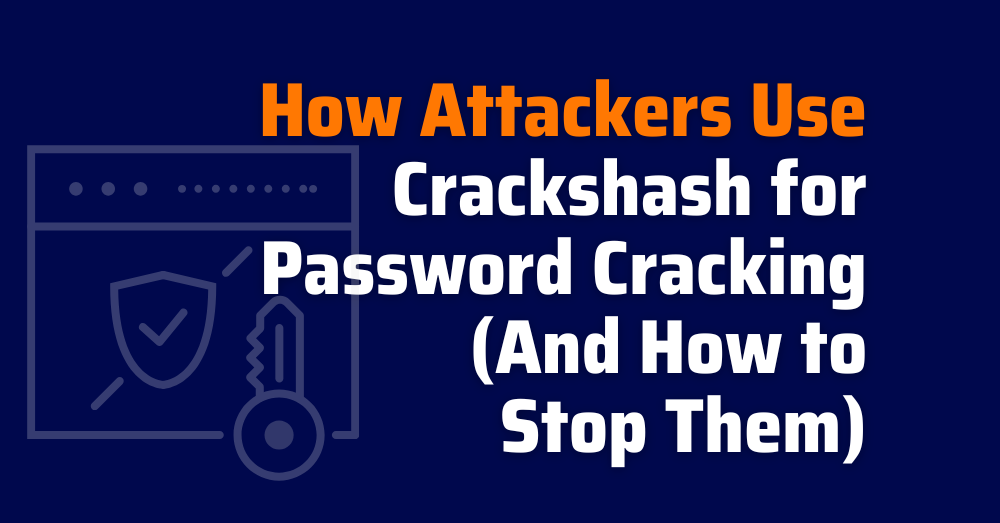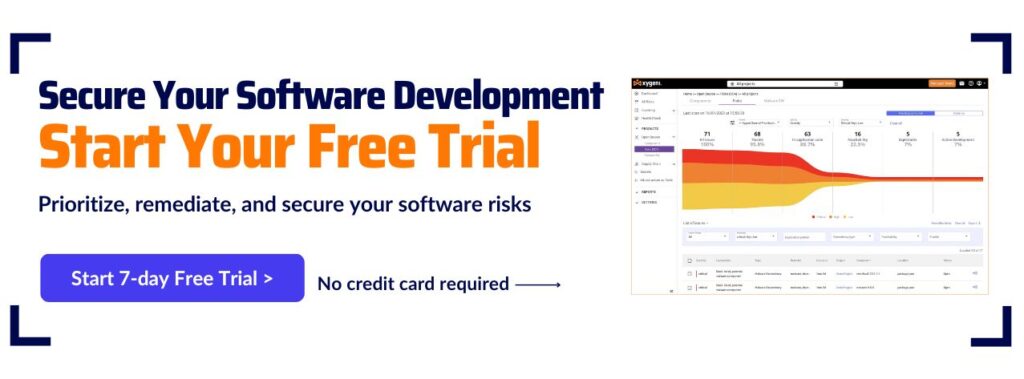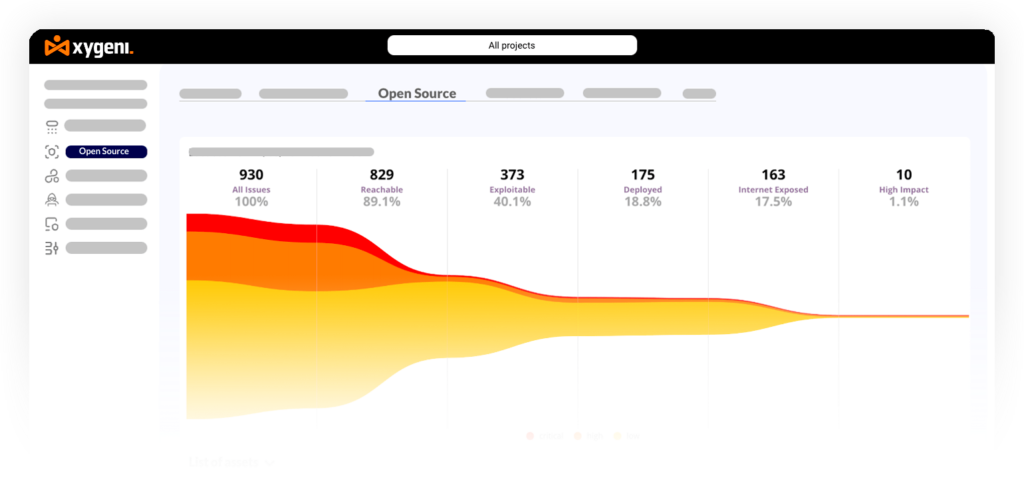What Is Crackhash and Why Developers Should Care?
Crackhash is a command-line utility often exploited by attackers to crack passwords from leaked hashes. It supports various hash algorithms (MD5, SHA-1, SHA-256, bcrypt, etc.) and works seamlessly with popular wordlists like rockyou.txt. Its simplicity and automation capabilities make it especially attractive for adversaries conducting rapid credential attacks using well-established hash cracking techniques.
This article is focused on prevention. If you’re a developer or part of a DevSecOps team, your job is to make sure tools like Crackhash never get used against your systems. A leaked hash in a Git commit, CI log, or Dockerfile is all it takes for an attacker to launch a password cracking attempt. Crackhash can turn that into a breach in minutes using common hash cracking techniques.
Example scenario: A developer commits a SHA-1 hash to a Git repo. It gets discovered, cracked using an automated tool, and the recovered password is used for unauthorized access.
From Leak to Breach: How Password Cracking Happens
Hash-based attacks don’t require sophisticated actors, just a leaked secret and no defenses in place. These attacks rely on well-documented password cracking methods and are shockingly effective when basic security practices are ignored. Here’s how a real-world breach might unfold:
Step 1: The Leak
A developer accidentally commits a bcrypt-hashed password to a CI log. The log is stored without masking or access controls.
Step 2: Detection by an Attacker
Attackers monitoring public repositories or CI artifacts scan for high-entropy strings or known hash formats. The bcrypt hash is identified and extracted.
Step 3: Cracking Attempt
Using Crackhash with a known wordlist, the attacker initiates a password cracking operation. Since the original password was weak, it was cracked in minutes using standard hash cracking techniques.

For more syntax options, refer to the Crackhash documentation.
Step 4: Exploitation
The attacker reuses the cracked credentials to authenticate into a Docker registry. There, they download a sensitive internal image, inject a crypto miner, and redeploy it, compromising the supply chain.
Key lesson: No matter the hash type, bcrypt, SHA-1, or MD5, if it leaks and the underlying password is weak, Crackhash can turn that leak into a full breach through well-practiced password cracking techniques.
Real-World Secret Exposure Points Developers Miss
Hardcoded Credentials in Code Repositories
Example:
// credentials.js
const passwordHash = "5f4dcc3b5aa765d61d8327deb882cf99"; // MD5("password")
Prevention:
Use Git hooks and secret detection tools like Xygeni.
Enforce security checks in pull request pipelines using policy rules.
Secrets Leaked in CI/CD Logs
Example:
# GitHub Actions
jobs:
build:
steps:
- run: echo "DEPLOY_KEY=$DEPLOY_KEY"
Prevention:
Use::add-mask:: in GitHub Actions to mask secrets.
Redirect sensitive outputs to secure artifacts.
Insecure Storage in Configuration Files or Dockerfiles
Example:
# docker-compose.yml
services:
db:
environment:
- DB_PASSWORD_HASH=5baa61e4c9b93f3f0682250b6cf8331b7ee68fd8
Prevention:
Use .env files excluded from Git.
Inject secrets via Docker secrets or runtime environment variables from a vault.
Supply Chain Leaks via Third-Party Dependencies
Example:
# .env accidentally published with an npm package
SECRET_HASH=5f4dcc3b5aa765d61d8327deb882cf99
Prevention:
Validate published artifacts using CI-integrated security checks.
Use Xygeni to monitor transitive dependencies for leaked files and secrets.
Each of these exposure points represents a direct risk vector. DevSecOps practices must start with detection and prevention at the developer level to avoid password cracking exposure.
Xygeni’s Role: Preventing Secret Leaks Before Attackers Reach Crackhash
Xygeni provides automatic, real-time, and contextual protection against leaked hashes and secrets throughout the software development lifecycle. It continuously scans code, .env files, Dockerfiles, CI/CD logs, and published packages to detect credential exposures early.
When a hash is identified, Xygeni generates detailed alerts that include the affected file and line number, hash type and value, the associated commit or artifact, and a severity score. These insights are used to block builds, merges, and releases automatically. During CI/CD runs, it masks secrets live and can instantly trigger alerts through Slack, Jira, or SIEM integrations. Xygeni also tracks exposures across repositories and teams through a centralized dashboard, enabling organizations to spot patterns and reduce attack surfaces proactively.
By combining precision detection with automated, developer-friendly responses, Xygeni stops hash cracking threats before they escalate. Its focus on stopping password cracking attempts makes it a critical layer of defense for any modern development pipeline.
Conclusion: Attackers Exploit Simple Mistakes. Don’t Let Them!
Developers own the attack surface: code, configs, and pipelines. Every leaked hash is a potential compromise waiting to be exploited by Crackhash.
Checklist to prevent password cracking and hash exposure:
- Detect secrets early with automated tools like Xygeni
- Use defensive CI/CD practices (masking, redaction, secure storage)
- Educate dev teams on risky patterns (hardcoded hashes, unsafe logs)
Stopping password cracking attacks starts by denying them the raw material: hashes and secrets. Effective defenses require understanding hash cracking techniques and eliminating the exposures that fuel them.








